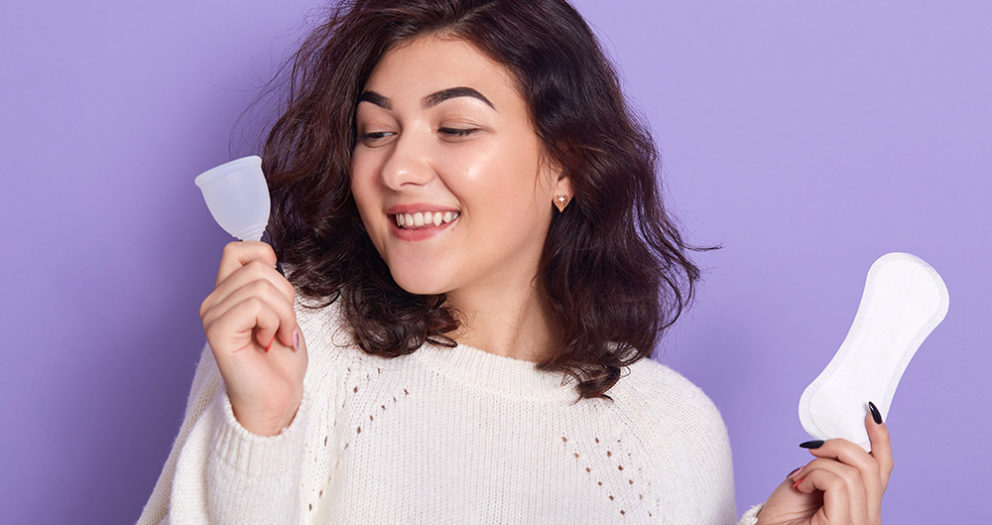Vaginal dilators are medical devices used to treat various gynaecological conditions, such as vaginismus, dyspareunia, vaginal atrophy and post-surgical scarring. These are plastic or silicone devices of different sizes that are inserted into the vagina to stretch and enlarge the vaginal tissues. The aim is to reduce pain, increase lubrication and improve sexual function. In this post, we want to provide some useful information for professionals who use vaginal dilators with their patients, such as gynaecologists, physiotherapists, sexologists and psychologists. We will look at the benefits, indications, contraindications and how to use vaginal dilators.
Benefits of dilators
Vaginal dilators can have several benefits for women suffering from vaginal problems. Some of these are:
- Improving blood circulation and oxygenation of vaginal tissues, promoting healing and cell regeneration.
- Stimulate the production of collagen and elastin, which make tissues more elastic and resistant.
- Preventing or reducing adhesions and scars that may form after surgery or radiotherapy.
- Increasing sexual sensitivity and pleasure, reducing pain and anxiety.
- Improving self-esteem and self-confidence, fostering greater intimacy with the partner.
Indications for vaginal dilators
Vaginal dilators may be indicated to treat various gynaecological conditions that cause pain or difficulty in inserting an object into the vagina. Some of these are:
- Vaginismus: this is an involuntary contraction of the pelvic floor muscles that prevents or makes it very painful to insert an object into the vagina, such as a tampon, speculum or penis. Vaginismus can have physical or psychological causes, such as trauma, infections, phobias or negative sexual experiences.
- Dyspareunia: this is persistent or recurrent pain during or after sexual intercourse. Dyspareunia can have organic or functional causes, such as inflammation, infection, endometriosis, menopause, stress or anxiety.
- Vaginal atrophy: this is a thinning and dryness of the vaginal tissues due to a reduction in oestrogen. Vaginal atrophy can be caused by hormonal factors, such as menopause, breast-feeding or the use of oral contraceptives. It can cause itching, burning, irritation and pain during sexual intercourse.
- Post-surgical scars: these are changes to the vaginal tissues due to surgical procedures such as hysterectomy, conization or episiotomy. Scars can make tissues stiffer and less elastic, causing pain and difficulty in inserting an object into the vagina.
Contraindications of dilators
Vaginal dilators are generally safe and effective when used correctly and under the supervision of a qualified professional. However, there are some situations in which it is better to avoid or postpone the use of vaginal dilators. Some of these are:
- Vaginal infections: if you have an ongoing vaginal infection, such as candida or bacterial, it is best to wait until it has healed before using vaginal dilators. The use of dilators could aggravate the infection or transmit it to other parts of the body.
- Vaginal bleeding: If you have abnormal vaginal bleeding or bleeding unrelated to your menstrual cycle, it is best to consult a doctor before using vaginal dilators. Bleeding could be caused by a disease that requires specific diagnosis and treatment.
- Pregnancy: if you are pregnant or suspected of being pregnant, it is best to avoid using vaginal dilators. The use of dilators could cause uterine contractions or damage the foetus.
- Allergies: If you are allergic to the material of vaginal dilators, such as plastic or silicone, it is better to choose another type of dilator or use a condom to cover it. The use of dilators may cause allergic reactions such as rashes, swelling or itching.
How to use vaginal dilators
The use of vaginal dilators requires proper preparation and careful hygiene. Here are some tips on how best to use vaginal dilators:
– Choose the right dilator:
vaginal dilators are available in different sizes, shapes and materials. We recommend starting with the smallest dilator and then gradually increasing the size according to your comfort level. The dilator should be smooth, soft and flexible, to fit the shape of the vagina and not cause irritation.
– Clean the vaginal dilator:
before and after each use, it is important to clean the dilator with lukewarm water and mild soap or a suitable detergent. You should dry the dilator well with a soft cloth and place it in a clean, dry container. You should dry the dilator well with a soft cloth and place it in a clean, dry container.
– Lubricate the dilator:
before inserting the dilator into the vagina, it is important to lubricate it with a water-based or silicone lubricant. The lubricant facilitates insertion and reduces friction and pain. One should avoid using oil- or Vaseline-based lubricants, which could damage the dilator material or interfere with the vaginal flora.
– Relax and insert the vaginal dilator:
before using the dilator, it is important to relax physically and mentally. Find a place where you feel comfortable and safe, away from sources of disturbance or outside intervention. Practice some deep breathing techniques, put on some music that promotes relaxation or immerse yourself in a tub of warm water. You should avoid using dilator when you are tired, stressed or worried.
To insert the dilator into the vagina, one can assume a comfortable position, such as lying on one’s back with legs bent and spread, sitting on the edge of the bed with legs dangling, or standing with one leg raised on a chair. One hand can be used to gently part the vaginal lips and the other to guide the dilator towards the vaginal opening. You should insert the dilator slowly and gently, without forcing or pushing. If you feel pain or resistance, you should stop and breathe deeply, relaxing your pelvic floor muscles. You can try rotating the dilator slightly or changing the angle to facilitate insertion.
– Hold the dilator:
once the dilator has been inserted into the vagina, it should be kept in place for between 5 and 30 minutes, depending on one’s tolerance and the advice of the practitioner following the treatment. During this time, you can do some contraction and relaxation exercises of the pelvic floor muscles (Kegel exercises) to improve muscle tone and coordination. You can also gently move the dilator back and forth or from side to side to increase the flexibility and sensitivity of the vagina. These actions help reduce pain and facilitate future penetration, both with the dilator and with the partner. It is important to listen to your body and never force the dilator beyond the comfort level.
– Relax and pull out the dilator:
before removing the vaginal dilator, try to relax your pelvic muscles and breathe deeply. This helps prevent pain and irritation. pull out the dilator slowly. Use one hand to hold the dilator by the base and the other to support the vulva. Pull the dilator out gently, taking care not to scratch or pull the vaginal mucosa. If you feel pain or resistance, stop and try again after taking a few breaths.
– Clean the vaginal dilator:
clean the dilator. After removing the vaginal dilator, wash it with lukewarm water and mild soap or a special cleanser. Dry it well with a soft cloth and store it in a clean, dry place. Do not use alcohol, bleach or other aggressive products to clean the dilator.








